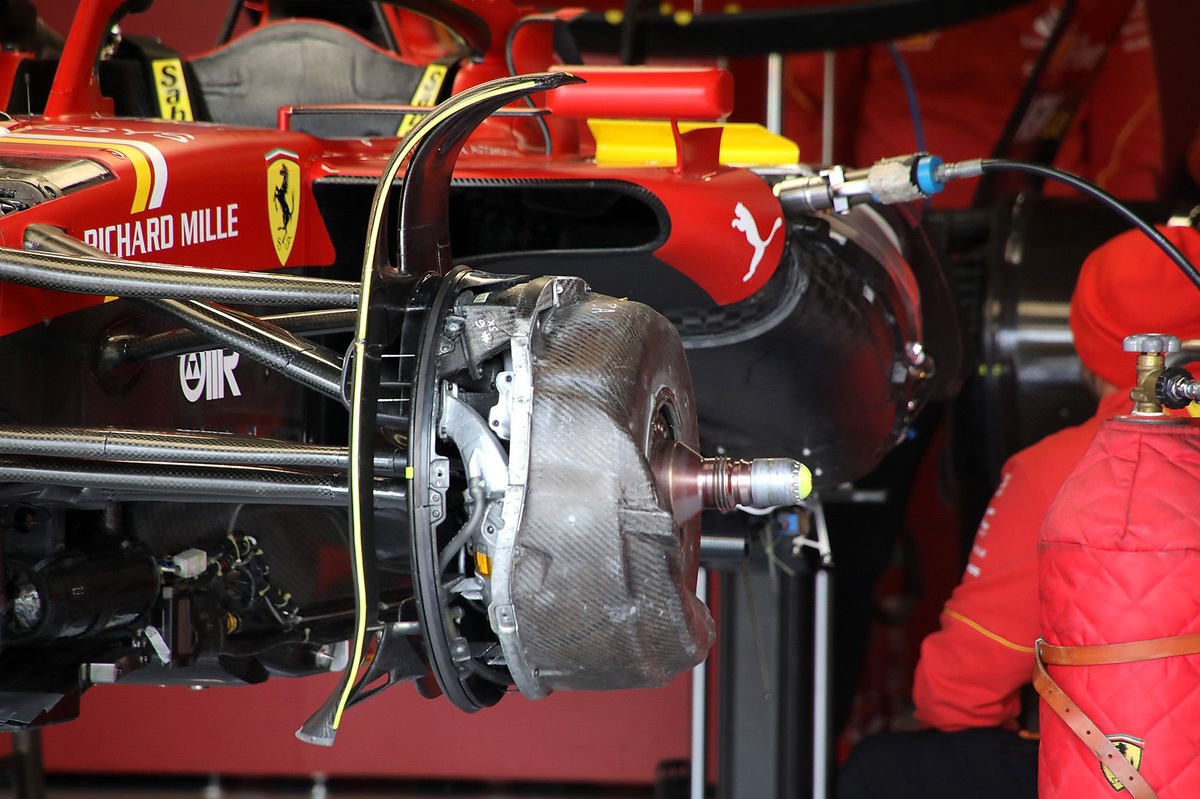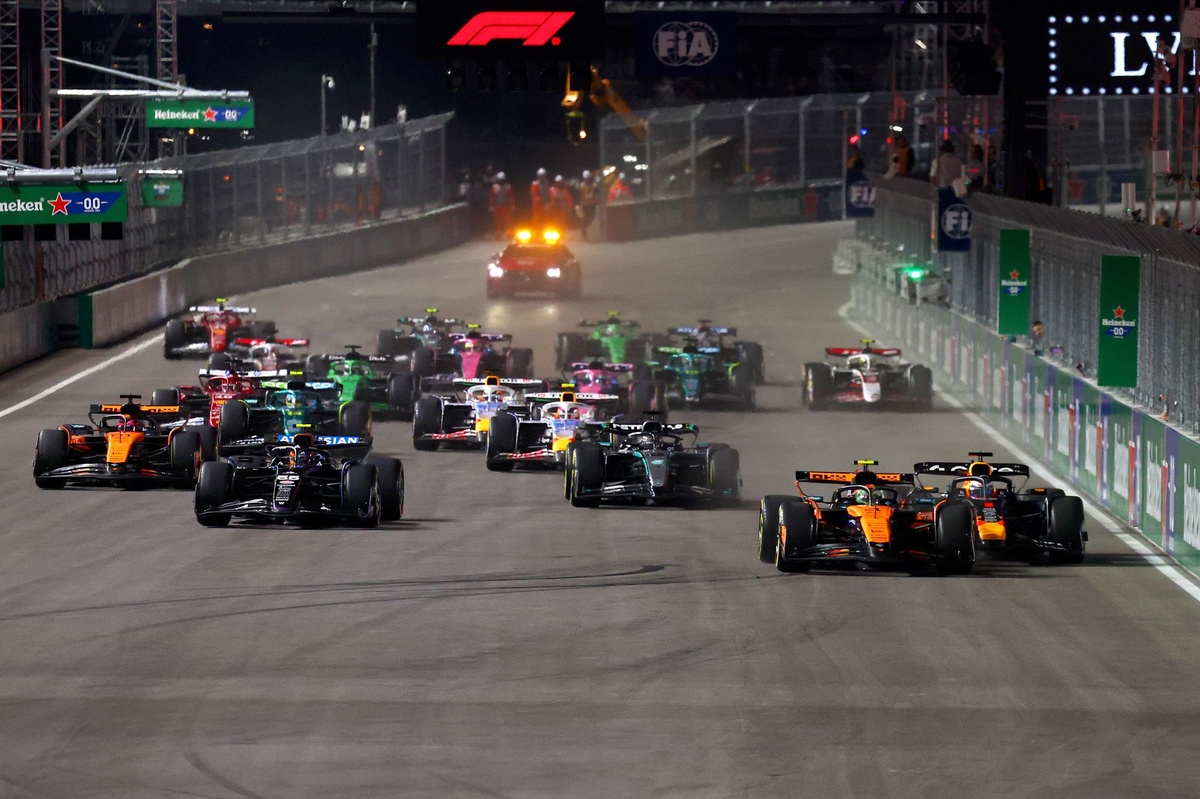F1‘s 2026 Regulations: A Brake Design Challenge
As Formula 1 gears up for the most significant regulatory overhaul in its history, teams are bracing themselves for the daunting task of revamping brake designs ahead of the 2026 season. With a dramatic shift in the power balance from combustion to electric, the technical complexities involved in creating a safe yet effective braking system are intensifying.
The Challenge in Revamping Brake Design for F1 2026
The new regulations stipulate a 50/50 balance between combustion and electric power, a significant shift from the previous 80/20 ratio. For the upcoming season, the MGU-K will see its power surge from 120 kW (161 hp) to approximately 350 kW (469 hp), while the MGU-H unit will be eliminated. This transition will not only affect acceleration but also braking capabilities, with increased opportunities for regenerative braking.
Insights from Brembo’s Andrea Algeri
Andrea Algeri, Brembo’s F1 customer manager, has expressed that these regulation changes present “one of the most challenging” hurdles in his 15 Seasons in the sport. He emphasizes that the modifications necessitate a complete overhaul of braking hardware to accommodate the demands of the new power units.
Brake Size and Configurations: What’s New?
The FIA has introduced a wider range of sizes for brake rotors, allowing for front diameters between 325 and 345 mm and rear diameters of 260 to 280 mm. Importantly, teams can now opt for up to three attachment points for the calipers instead of the previous two. According to Algeri, this is the biggest shift in caliper design in two decades, providing engineers with greater freedom in their design approaches.
Weight Limitations and Design Challenges
The minimum weight limit has been reduced from 800 kg to 768 kg, posing an additional challenge for teams to innovate while meeting the new requirements. Algeri notes that few teams are expected to meet this limit at the start of the season, fueling a development race among design departments. Teams are exploring different configurations—larger front brakes coupled with smaller rear brakes or vice versa—pushing the boundaries of design while being mindful of weight.
Balancing Safety and Performance
While teams aim for lightweight designs, safety remains a top priority. The FIA mandates a minimum braking torque of 2,500 Nm, ensuring that rear brakes can effectively stop the car without relying on regenerative power. Algeri underscored the importance of maintaining adequate brake size to mitigate the risks of brake failure under extreme conditions.
Navigating Circuit-Specific Demands
One of the most challenging aspects will be adjusting brake specifications based on circuit characteristics. Tracks like Monaco will require careful consideration of energy recovery strategies, as a lighter duty on torque could lead to higher demands on braking due to extended recovery times.
Looking Ahead: The Future of F1 Braking Systems
As teams prepare for the 2026 season, braking strategy is poised to become as crucial as the hardware itself. The reliance on regenerative braking introduces a new layer of complexity that teams must navigate to optimize performance. The upcoming season promises to be a unique blend of software and hardware advancements, significantly impacting how cars engage with the track.
In conclusion, the 2026 regulations present both a formidable challenge and an exciting opportunity for F1 teams to innovate in brake design. As the season approaches, all eyes will be on how engineers adapt to these changes and what implications they hold for performance on the track.





